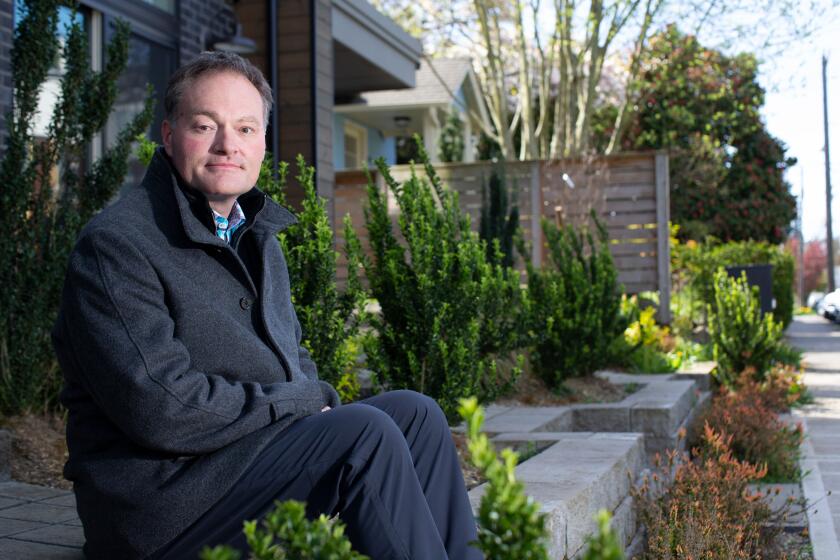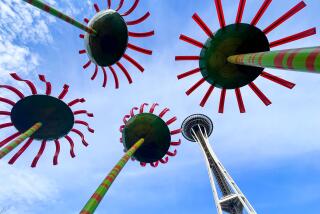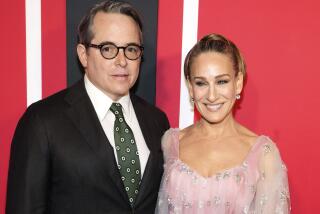Seattle may be through the worst of coronavirus, but the stunned city is not celebrating
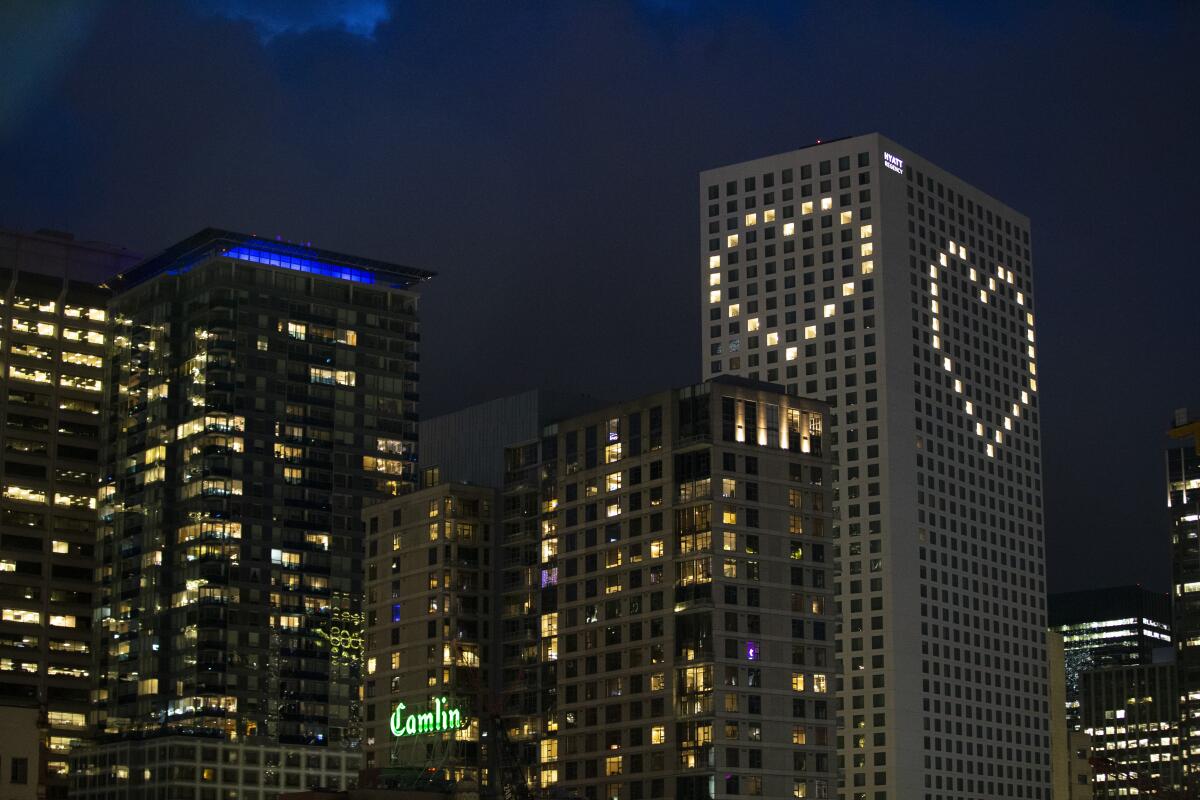
SEATTLE — Dr. Theo Vos glanced up from his computer last week and marveled at cherry blossoms in the sunshine outside his window.
Seattle had been dreary for months. He missed his neighborhood soccer league teammates and wished he could lace up his cleats for scrimmage.
Then he looked back at his computer screen and the graphs predicting tens of thousands of COVID-19 deaths still to come.
Even in Seattle, where the daily death toll appears to have plateaued thanks to an early start on the rest of the country and quick action by state and local officials, it was far too soon to return to life pre-pandemic.
Vos, 65, understands the risks better than almost anyone.
An epidemiologist at the University of Washington’s Institute for Health Metrics and Evaluation, he is one of the world’s top experts on forecasting the course of runaway disease. The organization’s models of the pandemic’s path are helping guide policymakers across the country.
A Seattle emergency-room doctor contracted COVID-19 while treating patients infected by coronavirus. He owes his life to physicians who used an experimental treatment.
“The big worry will be indeed complacency,” Vos said. “We need to start thinking hard about what does it take to avoid, within a month or two, having a second wave.”
Seattle Mayor Jenny Durkan is taking no chances, stationing masked, baton-wielding police officers at parks and beaches to wave off anybody tempted by the weather or reports that the city is making progress against the virus.
Lest anyone need a reminder that the deaths are far from over and that the city remains in deep crisis, nurses demonstrate outside hospitals, protesting shortages of masks, gowns and other protective gear.
Each night, the Space Needle, downtown towers and the Seattle Great Wheel, an iconic waterfront Ferris wheel, are lit up in blue in a show of support for healthcare workers and first responders.
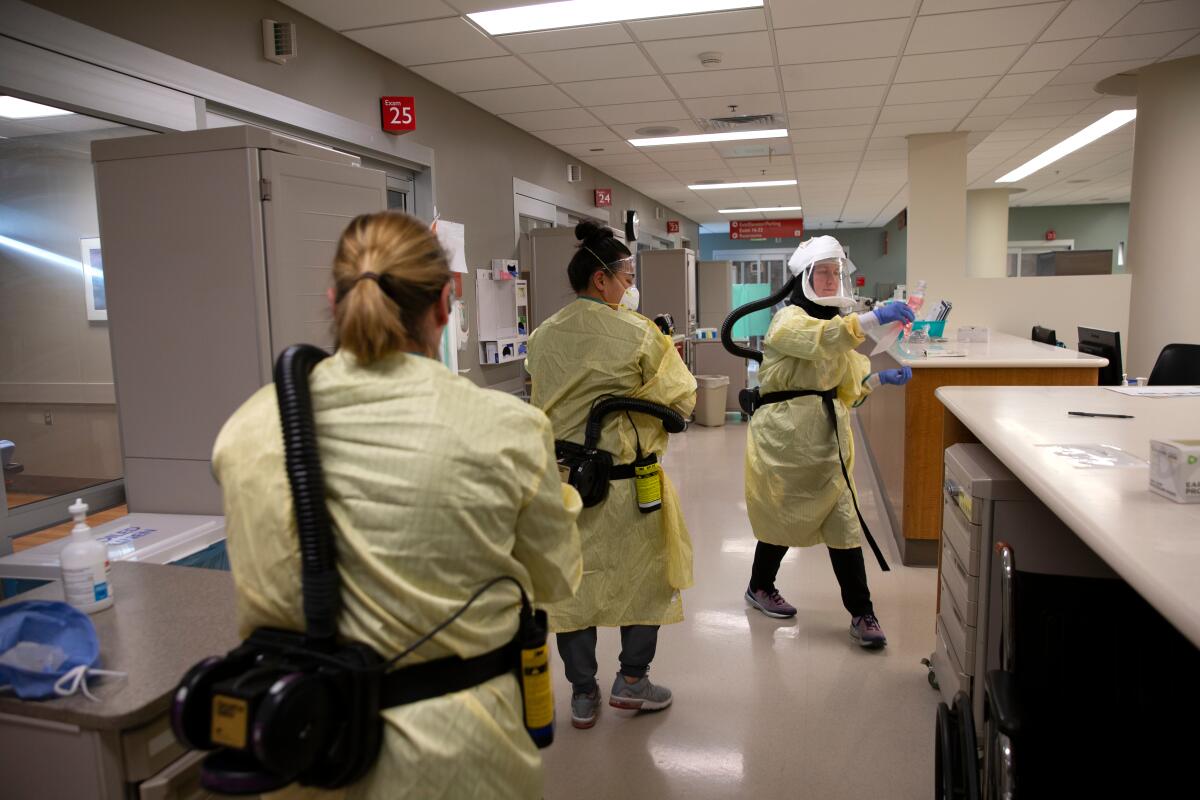
Downtown streets and sidewalks are still deserted, and many storefronts remain boarded up to prevent looting. With traffic down by 60%, the city began adjusting stop lights last week to prevent any pedestrians from bunching up at crosswalk signals.
Ferries from outer islands still run, but they carry few cars or passengers. Piers where cruise ships normally dock, disgorging tourists by the thousands, remain empty.
For two days last week, cargo ships were backed up at the Port of Seattle after longshore workers complained that equipment wasn’t being adequately disinfected between shifts.
At a prison just outside the city, state and local police used pepper spray and rubber pellets to break up a demonstration by more than 100 inmates demanding better conditions after six tested positive for the virus.
These are some of the unusual new scenes across the Southland during the coronavirus outbreak.
A state ban on all gatherings for social, spiritual and recreational purposes has yet to be relaxed — with one exception. “Immediate family” members — a term the state lets relatives and funeral directors define — are now allowed to congregate for services as long as people remain at least 6 feet apart from one another.
“For a while it was just the pastor and me at graveside,” said Allen Flintoft, whose funeral home outside Seattle has handled about two dozen COVID-19 deaths. “I’d set up a camera, record the service and give the family a memory stick.”
He said just 15 mourners attended a memorial for a Snoqualmie tribal elder last week that normally would have drawn at least 150. They split into three groups and paid respects in succession.
Still, Seattle has a head start on the rest of the country in terms of progressing through stages of the pandemic.
Weeks before the virus started killing thousands in New York, Detroit and New Orleans — on its way to the current U.S. death toll of more than 23,600 — it ravaged the Seattle area. Thirty-seven of the first 50 U.S. deaths occurred in Washington state.
The state was one of the first to close schools and businesses. Amazon, Microsoft and other large tech companies began directing white-collar workers to telecommute before authorities required people to do so.
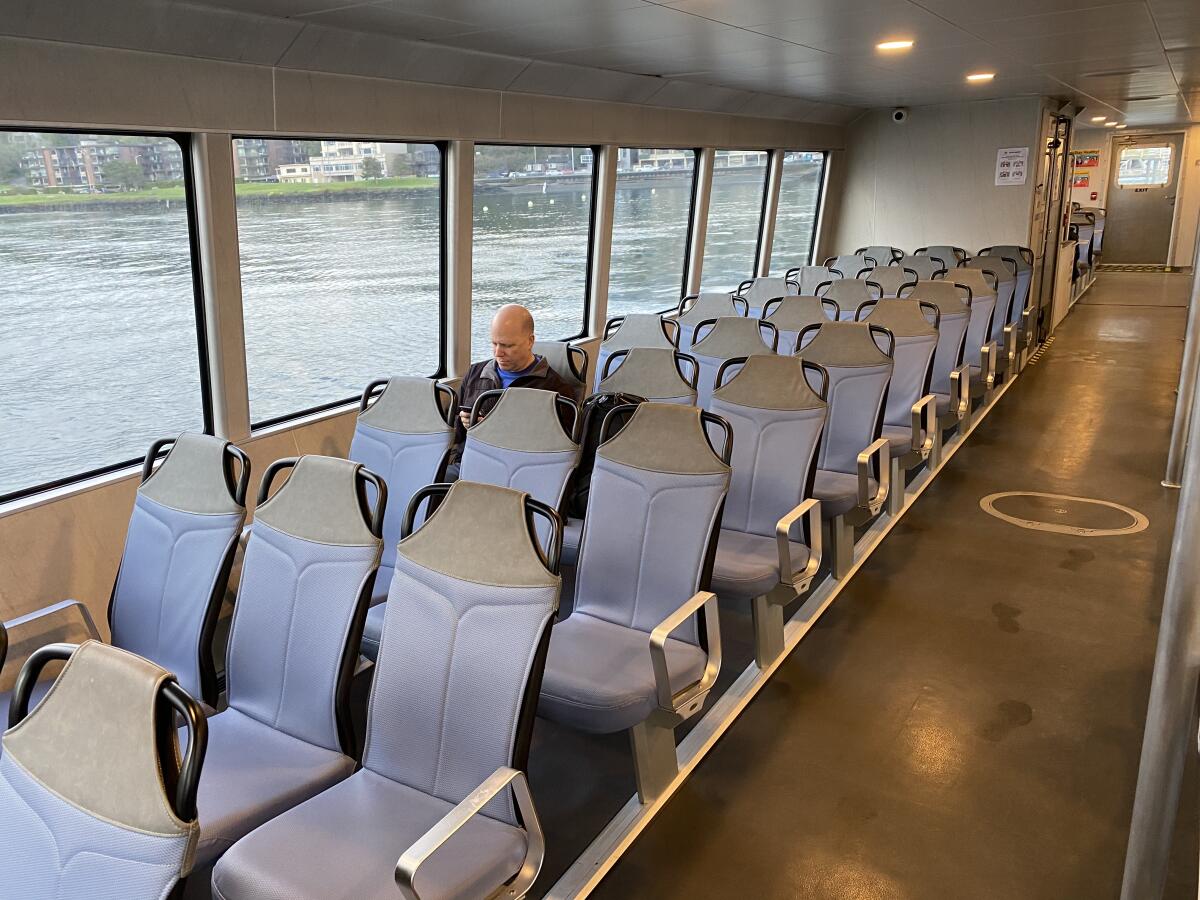
The effort appears to be paying off. On Monday, the death toll statewide stood at 516, far fewer than the modelers had predicted early on.
Daily death reports reached a high of 34 on April 6 and have been falling since. There were eight reported on Monday.
Officials said that deaths in King County, which includes Seattle, had leveled off at an average of 11 a day this month. With just four on Monday — the lowest daily count in three weeks — the total stood at 296.
Vos’ research institute predicts that daily total statewide will drop to zero by mid-May, leaving Washington with a total of 855 deaths.
The numbers have been encouraging enough that Gov. Jay Inslee announced April 5 that the state would return more than 400 ventilators it had received from the national stockpile. He also directed dismantling a 250-bed military field hospital — which was set up in Seattle and never used — and returning it to the Federal Emergency Management Agency.
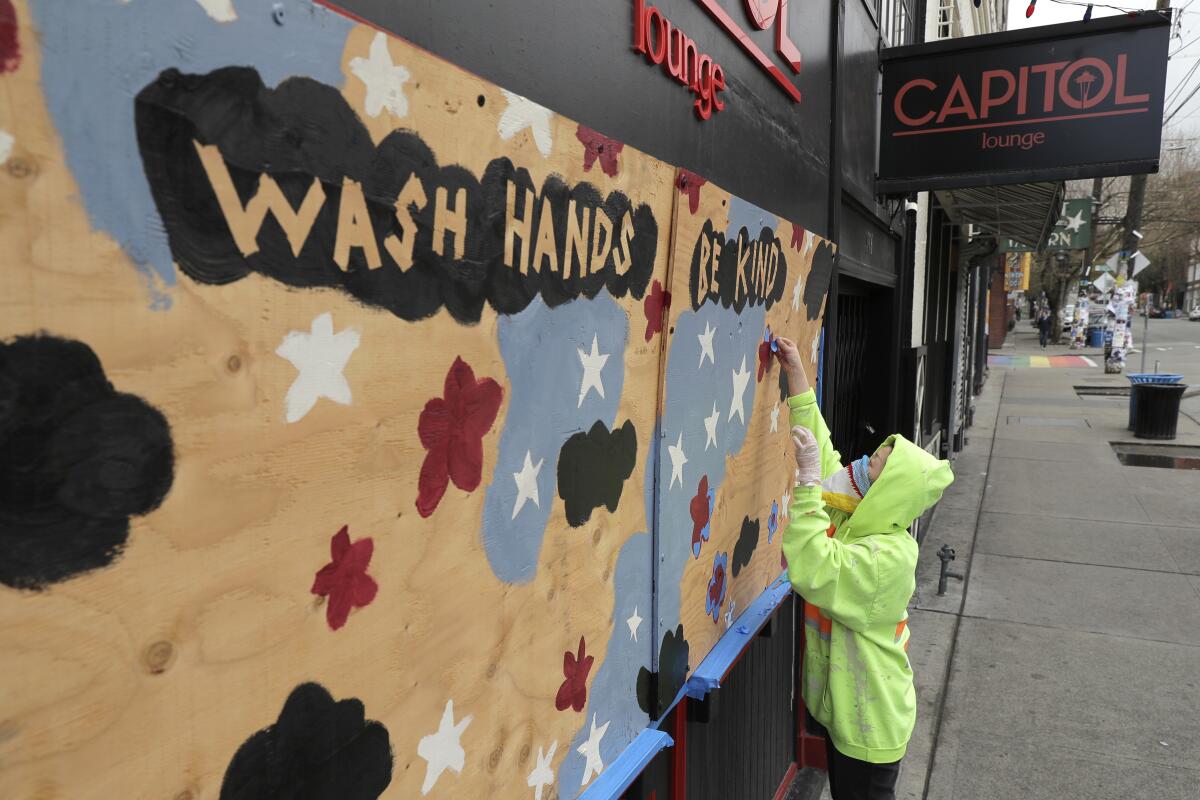
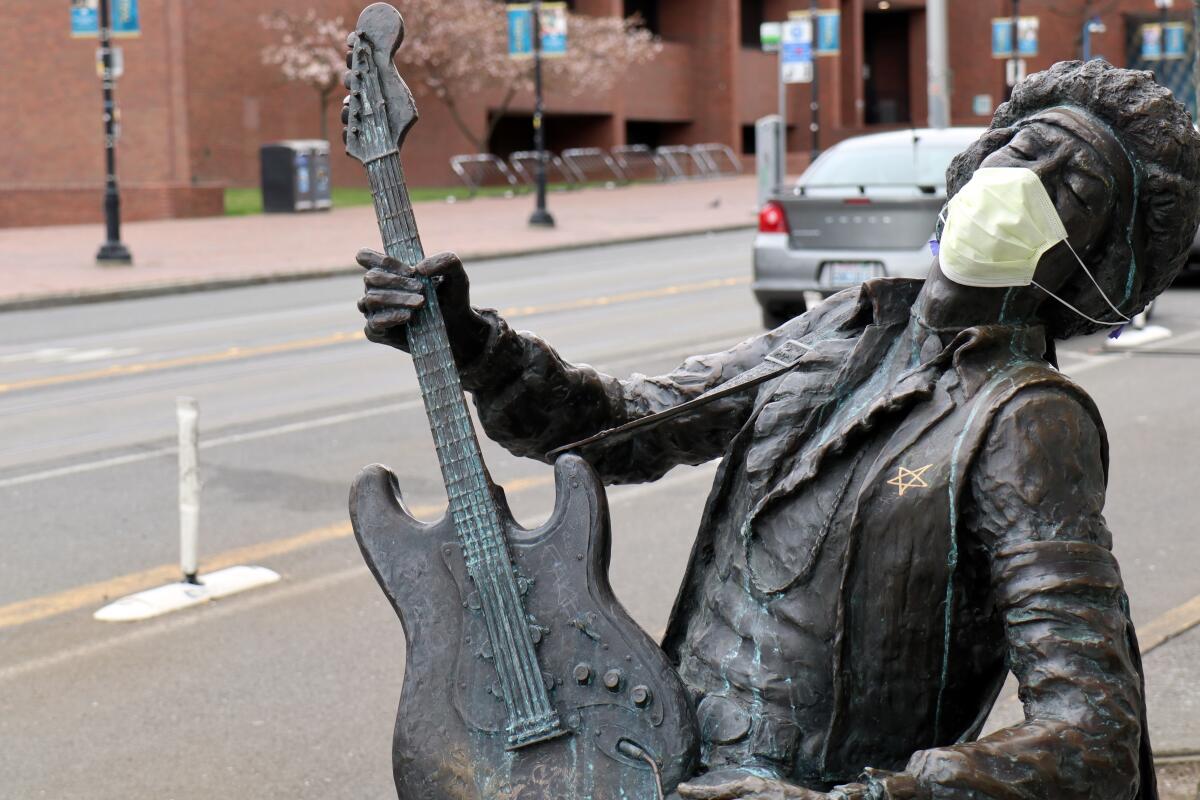
Experts said the city’s situation remained precarious.
Vos noted that Singapore, Taiwan and Hong Kong — all places that seemed to have the virus under control — are now experiencing second waves of infections.
He said that avoiding the same in Seattle and other U.S. cities will require continued social distancing. The governor has said that his “Stay Home, Stay Healthy” order, which closes all but essential businesses, will remain in place until at least May 4.
Ideally, cities would also aggressively ramp up testing to find infected people, track down their close contacts and advise them to self-quarantine.
Dr. Jeff Duchin, the health officer for Seattle and the county, said that mounting such an effort anytime soon is unrealistic because it would require massive reinforcements.
“People really do need to understand the sad truth here, related to the fact that we’re not going to be able to stop this outbreak,” he said. “We’re trying to manage it, but people will continue to get sick. People will continue to get critically ill. People will continue to die.”
Duchin said that Seattle’s lockdown can be eased only after a steep drop in the number of new infections.
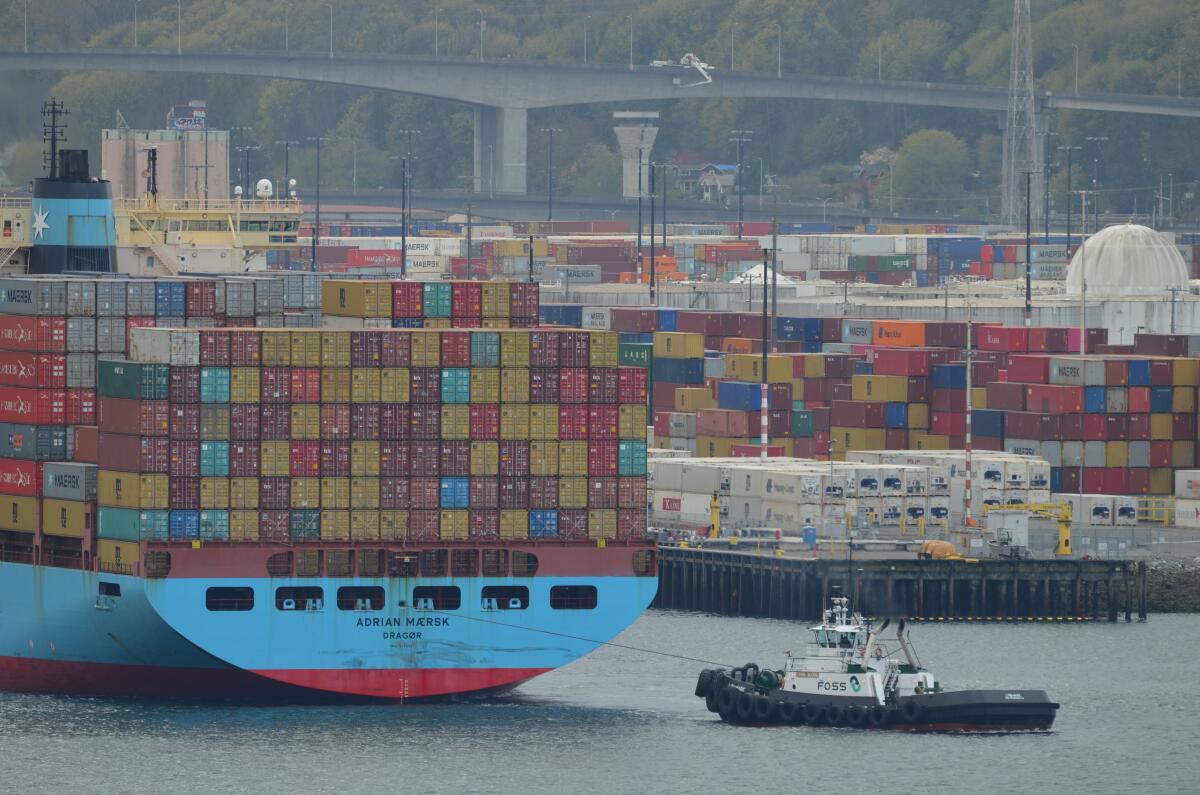
For most people, the worst of the pandemic is the economic devastation it has wrought. Half a million people in Washington state have lost their jobs.
Boeing, one of the region’s biggest employers, shut down its factories and told 30,000 workers to take vacation or sick time or apply for unemployment.
On Friday, the company announced it was recalling about 2,500 of them as essential workers to make U.S. Navy antisubmarine planes and Air Force tankers. Some will maintain unsold 737 Max jets that have been trapped in storage because of safety issues.
Boeing said it would conduct employee wellness checks at the beginning of every shift, stagger start times and require employees to wear masks.
Signs and floor markings in plants will encourage physical distance. Hand-washing stations will be placed in high-traffic areas. On shuttle buses, one worker will sit in each row.
Seattle is usually joyful in spring, as the snow-capped Olympic Mountains reemerge from clouds above Elliott Bay, prompting reveries of salmon bakes, sailing on Lake Union and hikes in old-growth forests.
All that will have to wait. In the meantime, artists and neighborhood groups are doing their best to lift the city’s spirits.
Pained to see plywood covering doors and windows of Oddfellows Cafe + Bar, a Seattle fixture, artist Josephine Rice showed up with a stepladder and paintbrushes and created a mural of brightly colored squiggles, hearts and flowers.
In the Capitol Hill district, someone put a surgical mask on a street statue of late rock guitarist Jimi Hendrix, a Seattle hometown hero. Nearby, artist Momo Nikaido painted a mural with the slogan “Wash hands, be kind.”
Vos still rides his bike to break up long days in his office at home. The other day he found another solitary way to enjoy the sunshine.
“I couldn’t stop myself from going to a close-by soccer pitch and shooting a ball at goal for a little while,” he said.
More to Read
Sign up for Essential California
The most important California stories and recommendations in your inbox every morning.
You may occasionally receive promotional content from the Los Angeles Times.
